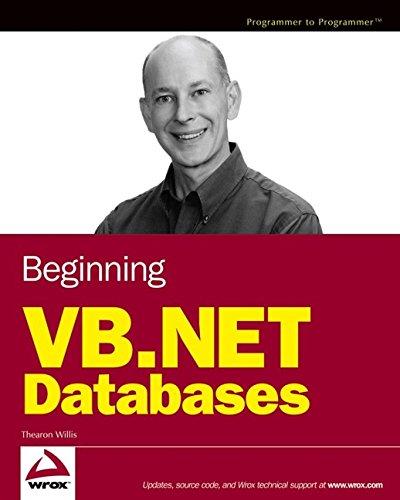Answered step by step
Verified Expert Solution
Question
1 Approved Answer
The objectives of this project are 1. Use ARM assembly to read string of ASCIl characters save it into memory, then extract the hex digits

The objectives of this project are 1. Use ARM assembly to read string of ASCIl characters save it into memory, then extract the hex digits and convert them to indegers betore processing and skip any none bexadecimal characters 2 Use ARM assembly instructions to branch to functions and pass the argument to the functions using the stack and either roceive the result on the stack or in a register Implement the following: 1. Place the following character string into an input.txt file. Use them as an input for 0, 3,4,5,6, &,9,A, B, C, , G, H, a, 2, b, 1, 2. Read input file convert appropriate characters into hexadecimal integer. Have 2 output files. The first one must have three columns: the first is the ineger, the second is the summation (using the algorithm n2n+1)), and the third column is the factorial of the nuamber, Prior to column headimgs there should be stringls) of charackr that lists your class name, number, and your name and last name. The second output file is described in part 4 Use the follkowing functions in this problem 4. - File open .File append Number factorial Number summation For each integer, save the results of factorial and sumsmation in a memoey aray contiguously. For esample, the array would read After processing all the insegers, perfoms an insertion sort on the resultant aray. You can find its explanation on the internet. The example below is from Wikipedia: for i-1 to length (A)-1 Whilej and Al> AU 1-AD end while Au-11-? End for loop Note: A is the aray of imleger values caleulated by your summation and factorial functions Write the calculated integer values from the soried anay to the second output file. The integers musit be soeted in an ascending order. Note: . Each subroutine fumction must have comment block in the beginning which explains which variables are the inputs that are received from caller and where they are located ard ?at is (are> the function's output(s), where it is located, and how its returned to the caller 2. Utilize the stack for passing parameters The objectives of this project are 1. Use ARM assembly to read string of ASCIl characters save it into memory, then extract the hex digits and convert them to indegers betore processing and skip any none bexadecimal characters 2 Use ARM assembly instructions to branch to functions and pass the argument to the functions using the stack and either roceive the result on the stack or in a register Implement the following: 1. Place the following character string into an input.txt file. Use them as an input for 0, 3,4,5,6, &,9,A, B, C, , G, H, a, 2, b, 1, 2. Read input file convert appropriate characters into hexadecimal integer. Have 2 output files. The first one must have three columns: the first is the ineger, the second is the summation (using the algorithm n2n+1)), and the third column is the factorial of the nuamber, Prior to column headimgs there should be stringls) of charackr that lists your class name, number, and your name and last name. The second output file is described in part 4 Use the follkowing functions in this problem 4. - File open .File append Number factorial Number summation For each integer, save the results of factorial and sumsmation in a memoey aray contiguously. For esample, the array would read After processing all the insegers, perfoms an insertion sort on the resultant aray. You can find its explanation on the internet. The example below is from Wikipedia: for i-1 to length (A)-1 Whilej and Al> AU 1-AD end while Au-11-? End for loop Note: A is the aray of imleger values caleulated by your summation and factorial functions Write the calculated integer values from the soried anay to the second output file. The integers musit be soeted in an ascending order. Note: . Each subroutine fumction must have comment block in the beginning which explains which variables are the inputs that are received from caller and where they are located ard ?at is (are> the function's output(s), where it is located, and how its returned to the caller 2. Utilize the stack for passing parameters
Step by Step Solution
There are 3 Steps involved in it
Step: 1

Get Instant Access to Expert-Tailored Solutions
See step-by-step solutions with expert insights and AI powered tools for academic success
Step: 2

Step: 3

Ace Your Homework with AI
Get the answers you need in no time with our AI-driven, step-by-step assistance
Get Started


